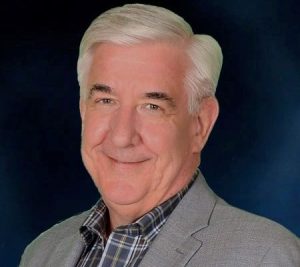It was last November when Curbit, a restaurant capacity-management platform, announced that it had signed up Smashburger. That made noise. And now it’s back with news that it is partnering with Microsoft to offer enhanced machine-learning capabilities for its clients, which it is hoping will reach 100,000.

Fran Dougherty, CEO of Cubit
Fran Dougherty is familiar with the Seattle-area behemoth. He worked there for 22 years in many capacities, including a stint as chief technology officer for Microsoft Azure, the company’s cloud-computing platform. He took the helm at Curbit in April 2023 and has been making plans to scale its offerings since. This partnership is a key element in his growth strategy.
“We’re now able to onboard many more restaurants without the same lift,” he explained in an interview. “We’re pushing to reach 2,000 locations by the end of the year, 20,000 next year, and 100,000 by 2027.”
Dougherty might be relatively new to the industry but he knows this: kitchens are mysterious places. “No matter what channel an order is made in, it all hits the same and strange system that is your kitchen,” he said. “Restaurants traditionally have been the only manufacturing line that exists where you’re creating a perishable item with a fixed time for consumption and you can only measure efficacy and throughput through observation.”
Not anymore. Dougherty explains that Curbit’s software can integrate into existing systems and give real-time data analysis into operational behavior, which can be invaluable in keeping a guest or a third-party delivery provider updated on an order.
Keeping with his Seattle roots, Dougherty name-checks Howard Schultz and grunge music about the problem Curbit solves. “Schultz referred to it as having a mosh pit in the lobby, where everybody shows up looking for their stuff at the same time,” he said. “We help with that. We build a machine-learning model for each location.”
The way Dougherty sees it, Curbit is software Excedrin. “Imagine if every manager had an app that shows the actual performance of what’s going on. How many orders are in the queue? Which orders should be fired into the kitchen next? Where are the customers?” he asked. “Our technology reduces stress on your front-of-house staff and it reduces stress on your kitchen.”
And then Dougherty channels his inner Steve Jobs.
“We have all these other capabilities that we haven’t even tapped into yet,” he said. “We’re probably slightly ahead of the maturity of the market and its ability to adopt it all.”


